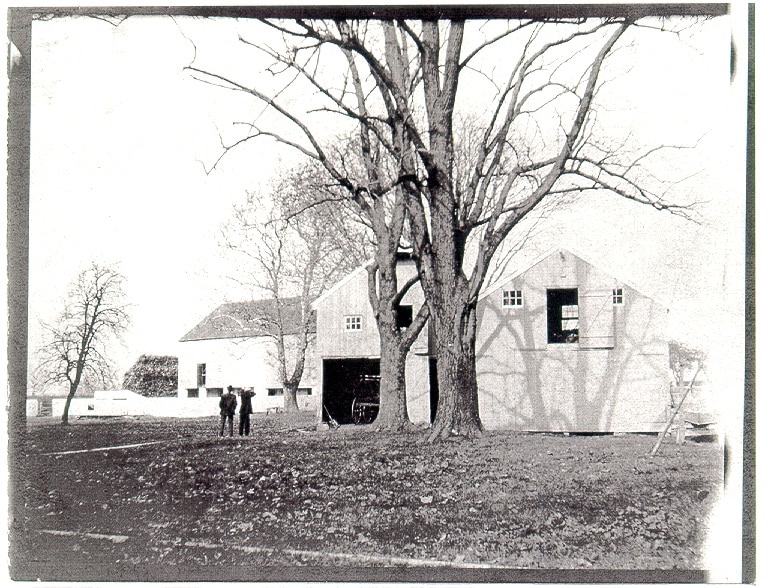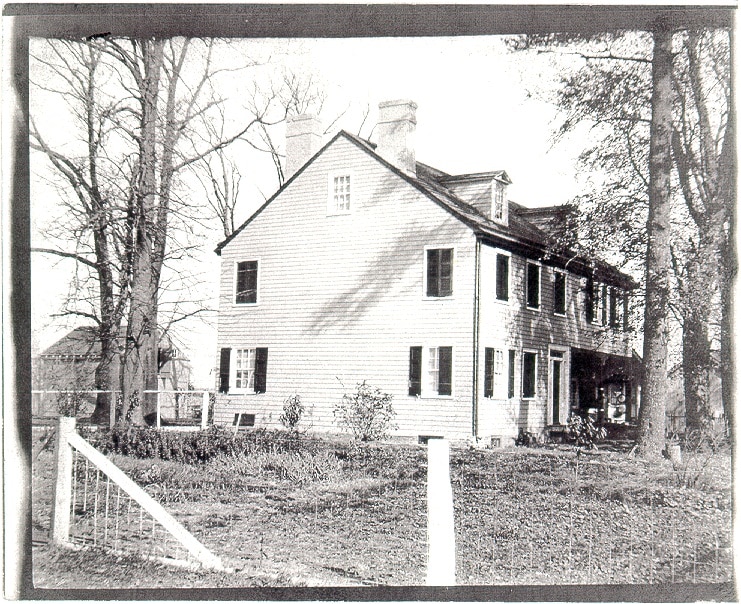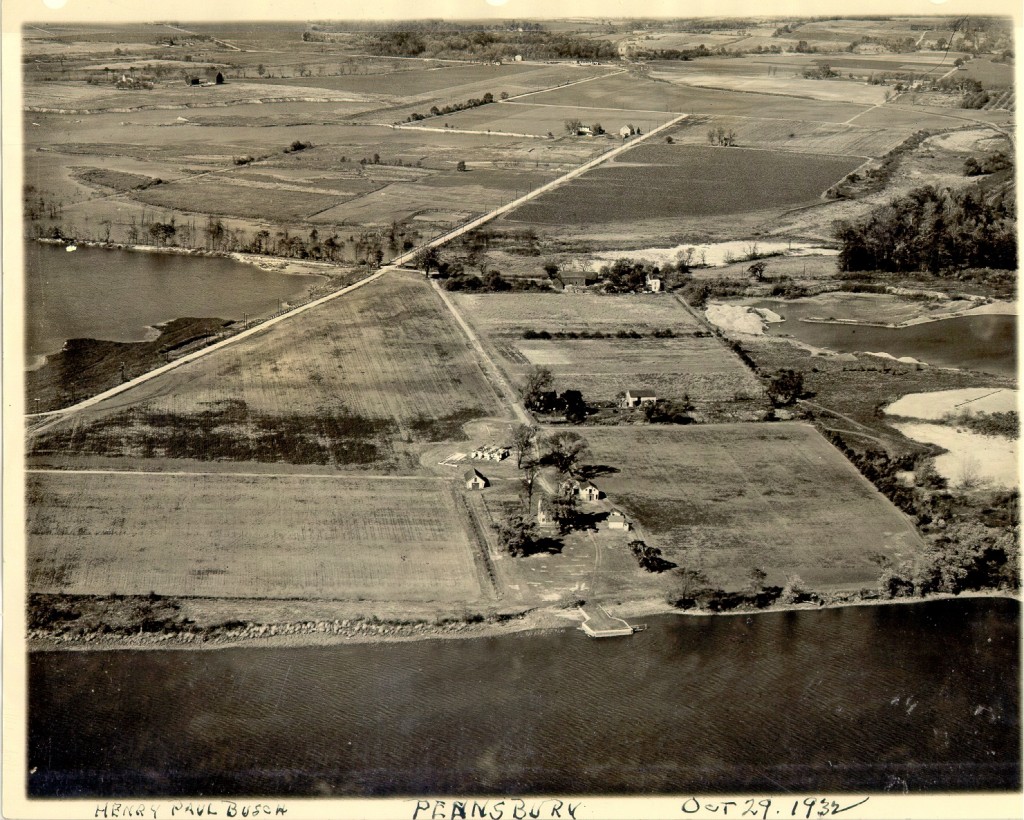
For reservations to experience “nkwiluntàmën: I long for it; I am lonesome for it (such as the sound of a drum)” by Indigenous artist Nathan Young, please go to https://nkwiluntamen.com/
Intern Reflections: The William Penn Farm
- August 26, 2013
- Posted By: Pennsbury Manor
Pennsbury Manor’s interns have been hard at work researching new stories for our 75th anniversary. As they continue to explore Pennsbury’s history, we’ll be sharing their reflections on what they’re discovering!
For having lived here only 4 years, Penn’s ties to the land and its people seems to have lasted long after the buildings had disappeared. Not only did they work the land, but people continued to remember him by naming landmarks and businesses in his honor. In fact, I discovered there was a William Penn Farm located in the same area as Penn’s original estate!

The Warner Company owned most of the land in the area where Pennsbury is today, and the acreage they weren’t using to mine sand and gravel was rented out to the King’s Farm Company, who owned and operated William Penn Farm. The Crozier Family’s farmhouse, which had been built on Penn’s original Manor House foundations and was home to 3 generations of the Crozier family, was left standing and become home to a whole new generation of Pennsylvania farmers. The tenants and families who worked the Penn Farm created a community of their own.

In 1900, William Morris Leedom was in charge of overseeing the farm. His grandson, Rev. George C. Leedom, Jr. recalls the Crozier house as being home of both his grandparents and parents. There have even been several Leedom family reunions held on the grounds at Pennsbury Manor. William Leedom also built an earthen wharf in 1900 named “Billy Penn Wharf.” This wharf served as a place for river traffic to bring goods for the Penn Farm and its neighbors, and as a way to ship farm produce for sale upriver to Trenton or down to Philadelphia. You can see the wharf, along the layout of the farm property, in the aerial shot below:

Seymour Yardley Warner, a Quaker, was the last owner of the farm under the steward system that had been in place. George Caulton Leedom, Rev. Leedom’s father, became in charge of the William Penn Farm when his father died in 1919. Rev. Leedom’s mother, Ethel Leedom, worked under Warner as a cook to feed him and his guests as well as overseer of the economic aspect of the farm. Warner sold the farm for gravel interests in 1926. Rev. Leedom believed that the land deeded to the Commonwealth of Pennsylvania was through the purchase from Warner.
By Sarah Lepianka, Intern
Source: “Belated Impressions of Pennsbury” by Rev. George C. Leedom, Jr.